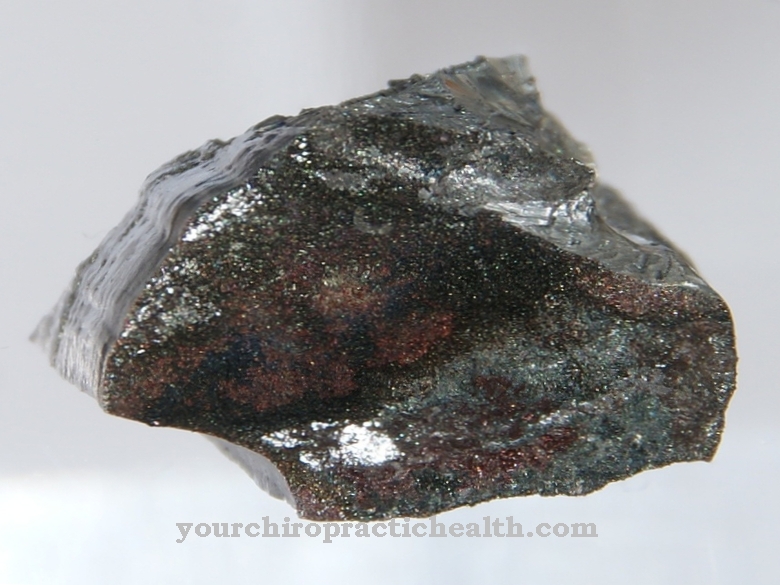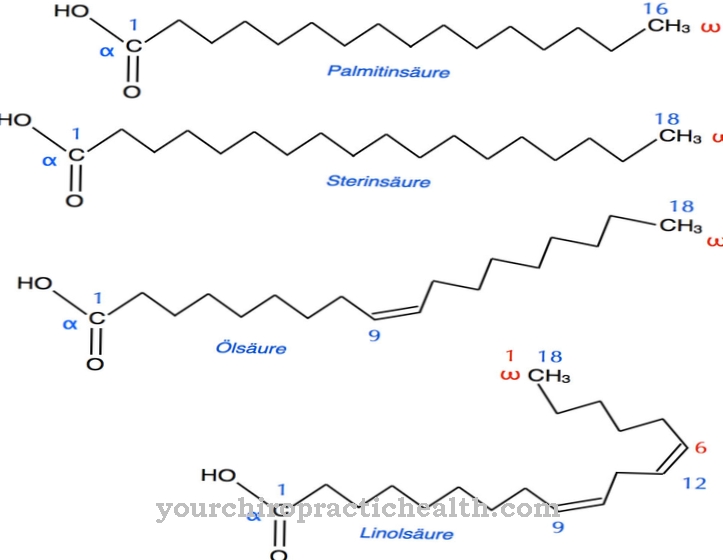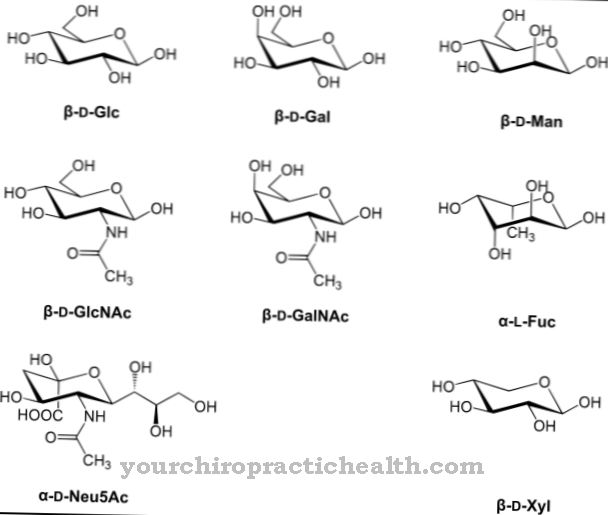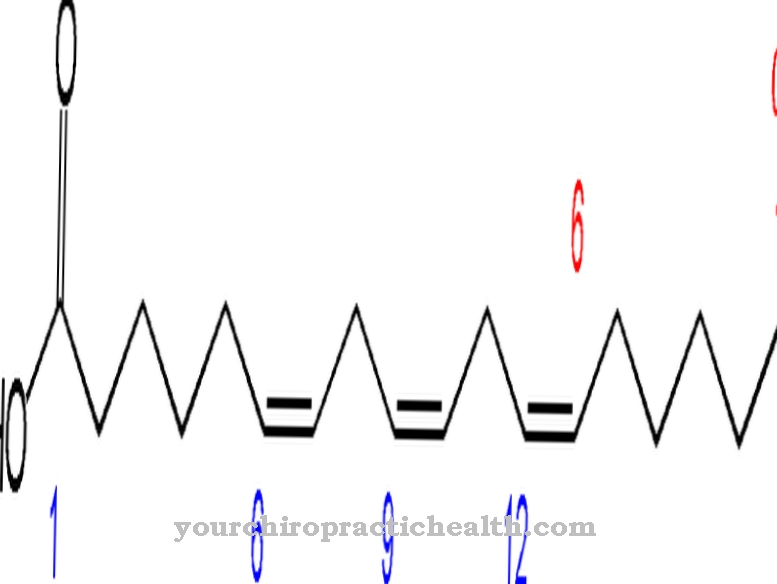At Prostaglandins it concerns special tissue hormones. They are also used in medicines.
What are prostaglandins?
Local hormones from the eicosanoid class, which are derived from arachidonic acid, are called prostaglandins. They are important for the local communication of pain. In addition, they serve as mediators for the hormonal effect and are involved in integrative functions.
The name prostaglandins can be traced back to the discovery of hormones in the prostate secretion. However, tissue hormones are found in almost all human organs. In doing so, they influence numerous body processes. The prostaglandins are unsaturated fatty acids. They are composed of 20 carbon atoms, which have a ring of five CA atoms in their center. Different fatty acids act as starting materials for their synthesis.
Function, effect & tasks
The prostaglandins are also called tissue hormones. In contrast to other hormones, they are not formed in a gland, but rather arise in the tissue of the body as a reaction to various stimuli.
The prostaglandins arise from fatty acids such as arachidonic acid, in which the enzyme cyclooxygenase (COX) is also involved. After production, the tissue hormones are released in the immediate vicinity of the tissue that produced them, where they are active for a short period of time.
A distinction is made between different endogenous prostaglandins, of which several groups are formed. These include PGF, PGE and PGD, which in turn are divided into subgroups. The effects of prostaglandins are extremely diverse and often even different. The main groups are the series 1 prostaglandins, the series 2 prostaglandins and the series 3 prostaglandins. Series 1 prostaglandins are derived from dihomogammalinolenic acid (DGLA). Their functions include reducing blood clotting and inhibiting inflammation. The series 2 prostaglandins arise from arachidonic acid (AA).
Their effect is contrary to the prostaglandins of series 1. This means that they cause inflammation in the first place and even intensify it. In addition, they trigger stronger blood clotting, increase the perception of pain and narrow the blood vessels. They cause effects that are necessary to counteract injuries or wounds. The Series 3 prostaglandins are tissue hormones that arise from eicosapentaenoic acid. Her tasks include a. to reduce the formation of series 2 prostaglandins. Hence, they are considered to be anti-inflammatory.
Education, occurrence, properties & optimal values
In contrast to other hormones, the different prostaglandins occur almost everywhere in the body. This primarily includes male sperm. The synthesis of tissue hormones is also dependent on food. Most prostaglandins are derived from arachidonic acid, which in turn is one of the omega-6 fatty acids.
The phospholipids act as a reservoir for the formation of prostaglandins. These are contained in the membranes of cells, from which they are split off by the effect of PLA2 (phospholipase 2). A subsequent effect of cyclooxygenases 1 and 2 ensures the formation of prostaglandins. The prostaglandin, which initially arises from the effect of cyclooxygenase, is called PGG2. A further transformation results in PGH2, which in turn serves as the starting point for various substances that are biologically active. These include a. PGE2, PGD2, prostacyclin (PGI2), PGF2 and thromboxane (TXA2).
Analogs of prostaglandins can also be used in medicine for the production of drugs. These include, for example, alprostadil, a prostaglandin E1 analog used to widen the peripheral arteries. The prostaglandin E2 analogue dinoprostone is used to encourage labor at the end of pregnancy. Other drugs include the prostaglandin E1 analogue misoprostol for the prevention and treatment of gastric and duodenal ulcers and the prostaglandin E2 analogue sulprostone, which stimulates labor.
Diseases & Disorders
The positive effects of prostaglandins are of great importance in medicine and can be used for targeted treatments. Both the body's own prostaglandins and derivatives whose chemical modification takes place are used.
For example, the drug dinoprostone, which is used in obstetrics, corresponds to the body's own tissue hormone PGE2. Synthetic prostaglandin derivatives such as Gemeprost or Sulproston are also administered in obstetrics. They work to widen the cervix and contract the muscles of the uterus.
The active ingredients bimatoprost, latanoprost, travoprost and tafluprost, which are used to treat glaucoma, are derived from the body's own prostaglandin PGF2-alpha. They widen the drainage ducts of the aqueous humor within the sclera.
The drugs alprostadil and iloprost improve blood circulation in certain areas of the body. While alprostadil corresponds to prostaglandin PGE1, iloprost is a synthetic derivative. However, some prostaglandins such as PGE2 also cause adverse health effects. This includes pain, inflammation, and fever.
However, it is possible to suppress the production of these tissue hormones with the help of non-opioid pain relievers such as anti-inflammatory drugs or acetylsalicylic acid. They have the property of blocking the COX enzyme. This is indispensable for prostaglandin production. By inhibiting the cyclooxygenase, the production of prostaglandins is no longer possible. The prostaglandins are usually administered in the form of injections. However, they can also be used locally in vaginal nails, eye drops, inhalants or urethral swabs.
Prostaglandins interact with drugs that inhibit prostaglandin. These are primarily non-steroidal anti-inflammatory drugs and anti-inflammatory drugs. They weaken the effect of the tissue hormones. In contrast, the prostaglandin effects can be intensified with other active substances.



























